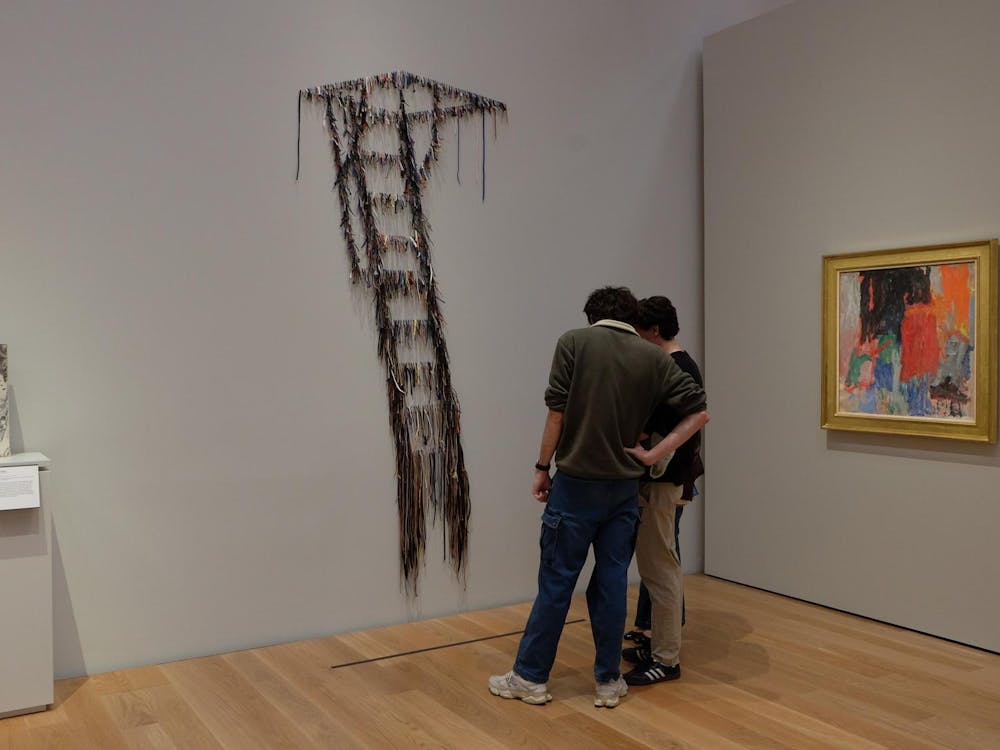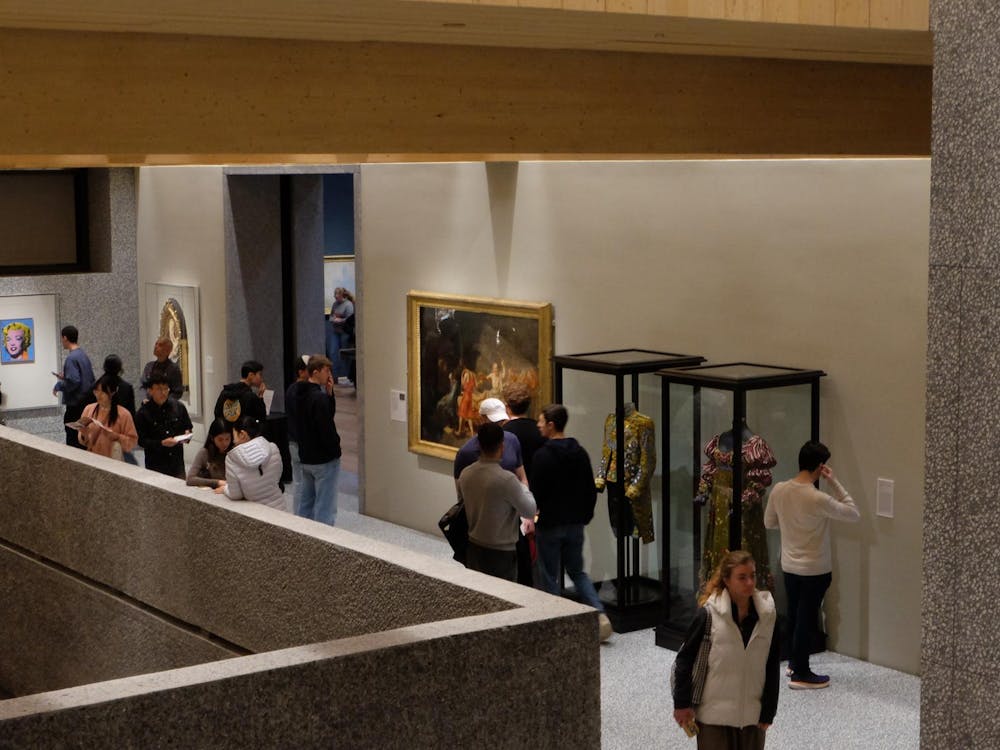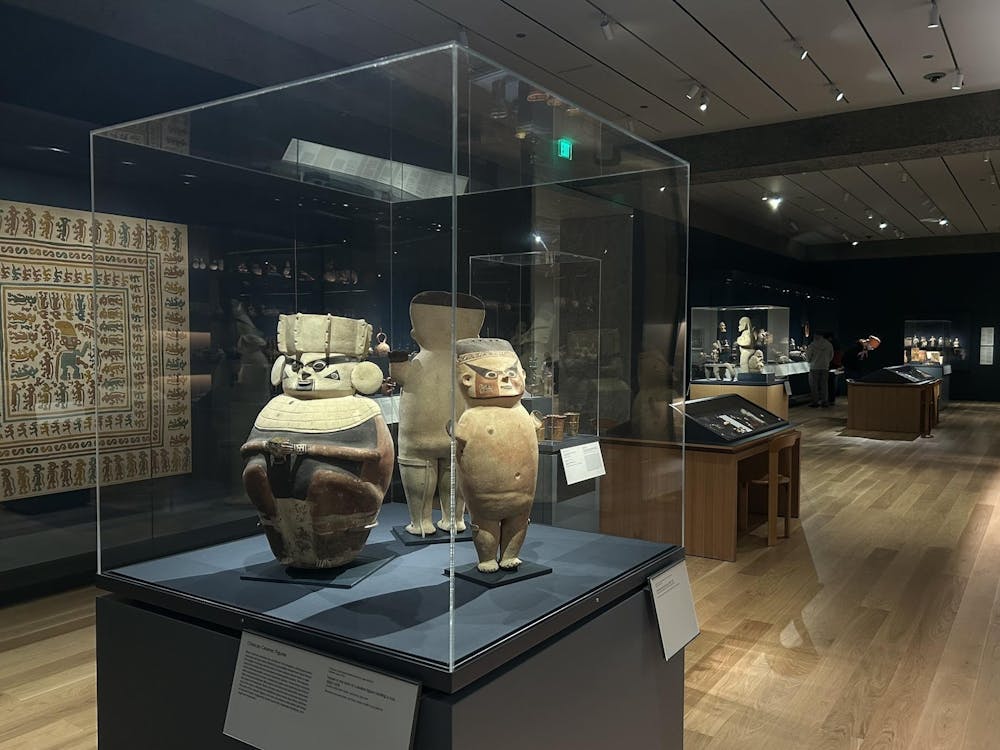For the past five years, the University has accepted both the Common Application and its own application form, but this fall, in an attempt to simplify the application process, the Admission Office eliminated its own application, Rapelye said. She explained that all applicants to the Class of 2014 will apply using the Common App.
One reason for switching to a single application is that students often think a school will favor one application over another when a university offers multiple options, Rapelye noted. But in reality, she said, the application is “just a form,” and “not a recruitment strategy.”
“It’s baffling to us how much [students] strategize,” Rapelye added.
Another application, similar to the Common Application, is the Universal College Application, launched in the 2007-08 academic year by ApplicationsOnline, the same company that developed the Common Application.
The Universal College Application has 84 member colleges this year, including Harvard, Johns Hopkins and Duke. The Common App currently has 391 member colleges, including several of the those who also use the Universal College Application.
The University has considered adopting the Universal College Application in the past and will consider using it in the future, Rapelye said. The Office of Admission ultimately decided, however, that another application option would be “building in unnecessary confusion on the students’ part,” she added.
The main difference between the Common Application and the Universal College Application is that the Common Application requires essays and teacher recommendations, while the Universal College Application does not. Schools using the Universal College Application may opt to require essays or teacher recommendations, however.
“Our intent [with the Universal College Application] is to be more inclusive and to attract a broader and more diverse applicant pool, including underrepresented populations and low-income, high-academic students,” Joshua Reiter, president of ApplicationsOnline, said in an interview with The Washington Post. “We are also reaching out to colleges outside the United States.”
Admission directors at other universities have said they think the Universal College Application makes their schools more accessible to low-income and minority students. “It expands the potential pool of students to whom we might appeal,” said Marilyn McGrath Lewis, director of admissions at Harvard, told The Chronicle of Higher Education. “It’s a way for us to reach out beyond the group that the Common Application has traditionally worked for.”
But Rapelye said she did not think the Universal College Application would expand the diversity of a university’s applicant pool.
“I don’t know who came up with that conclusion,” Rapelye said, noting that the Common Application is “not intended for any income group,” and that the University works with over 25 community-based organizations to help identify low-income students.
The University has seen a 60 percent increase in applications over the past six years, Rapelye noted, adding that last year more than 90 percent of applicants used the online version of the Common Application. Rapelye called the Universal College Application “a very good application,” but added that right now she thinks it “makes more sense to go with just the Common Application.”








